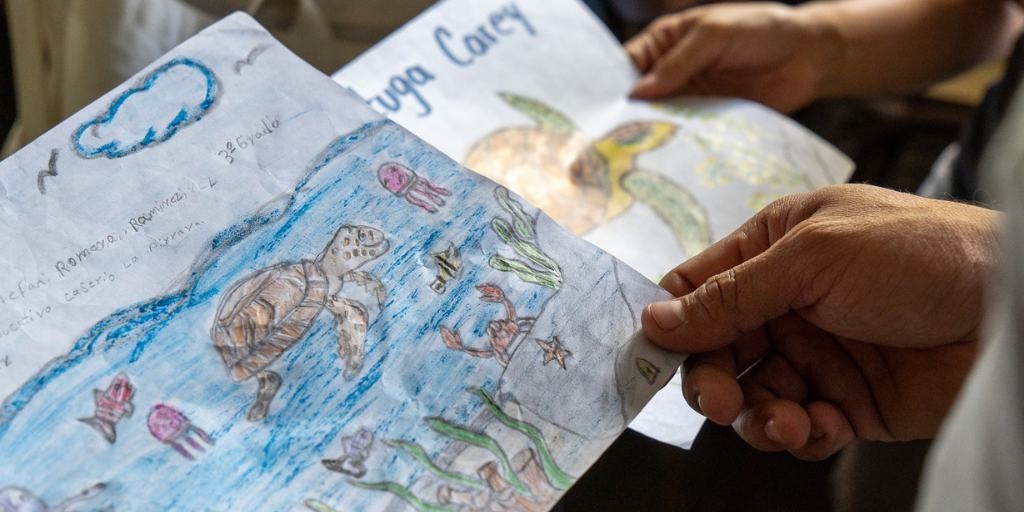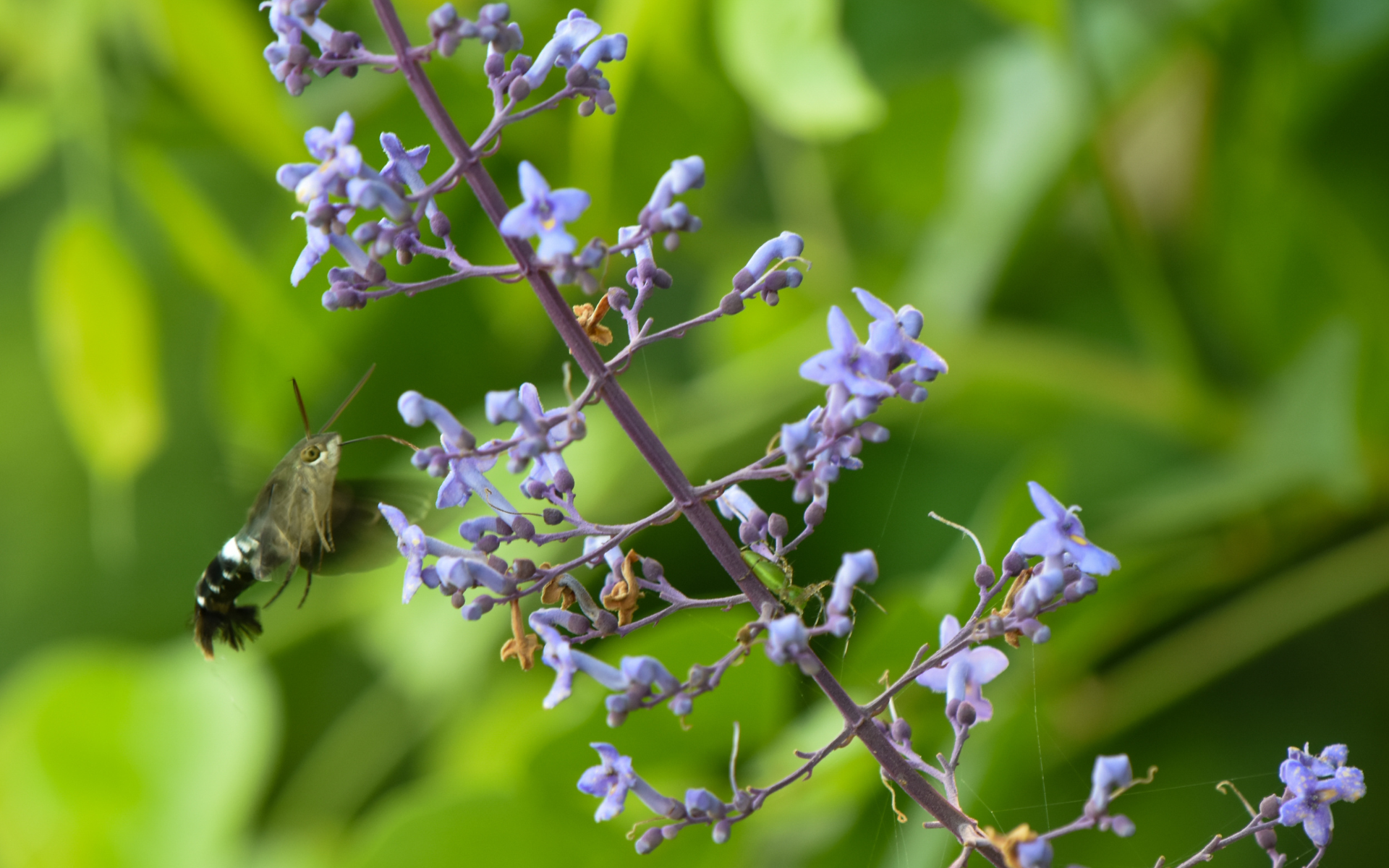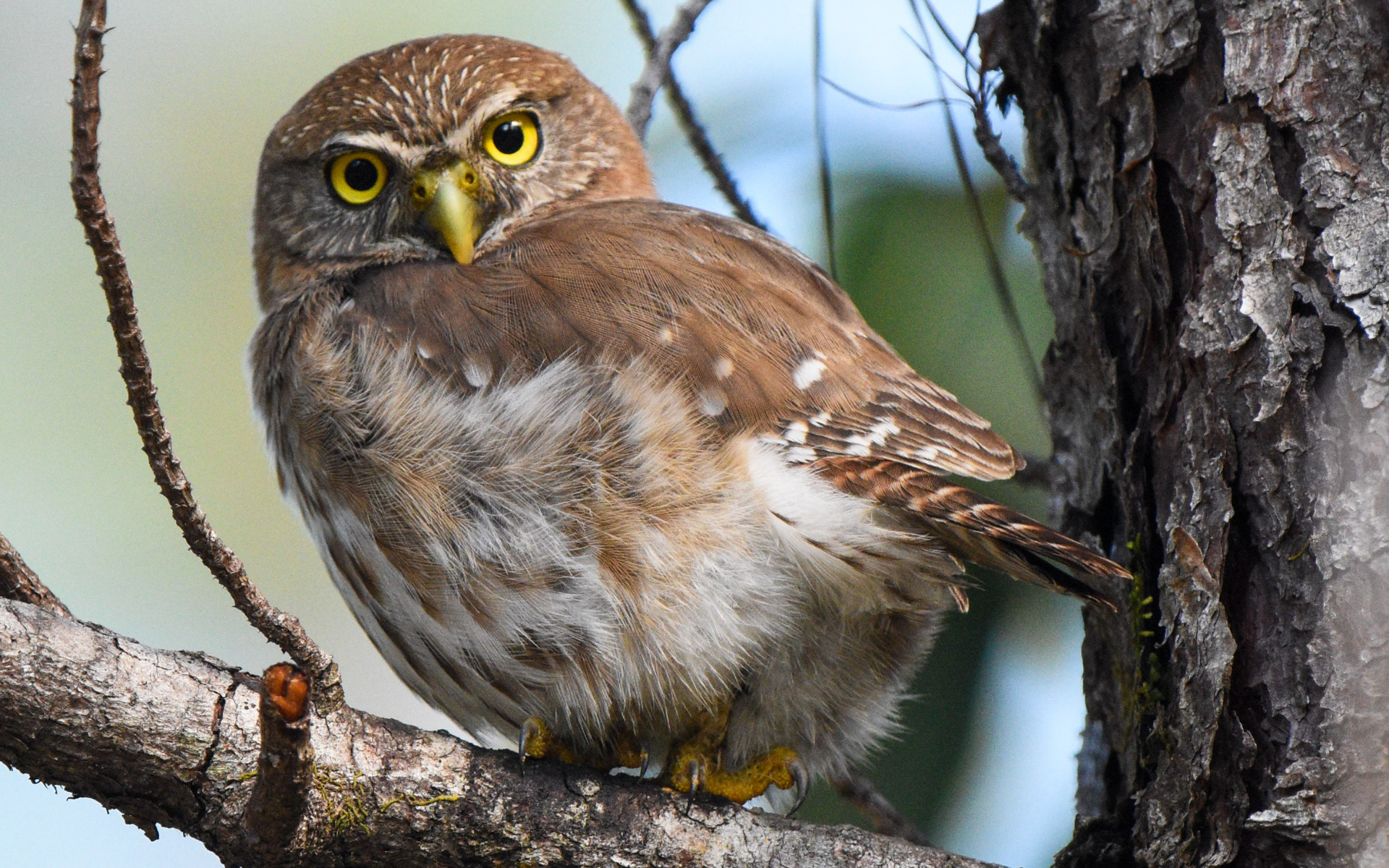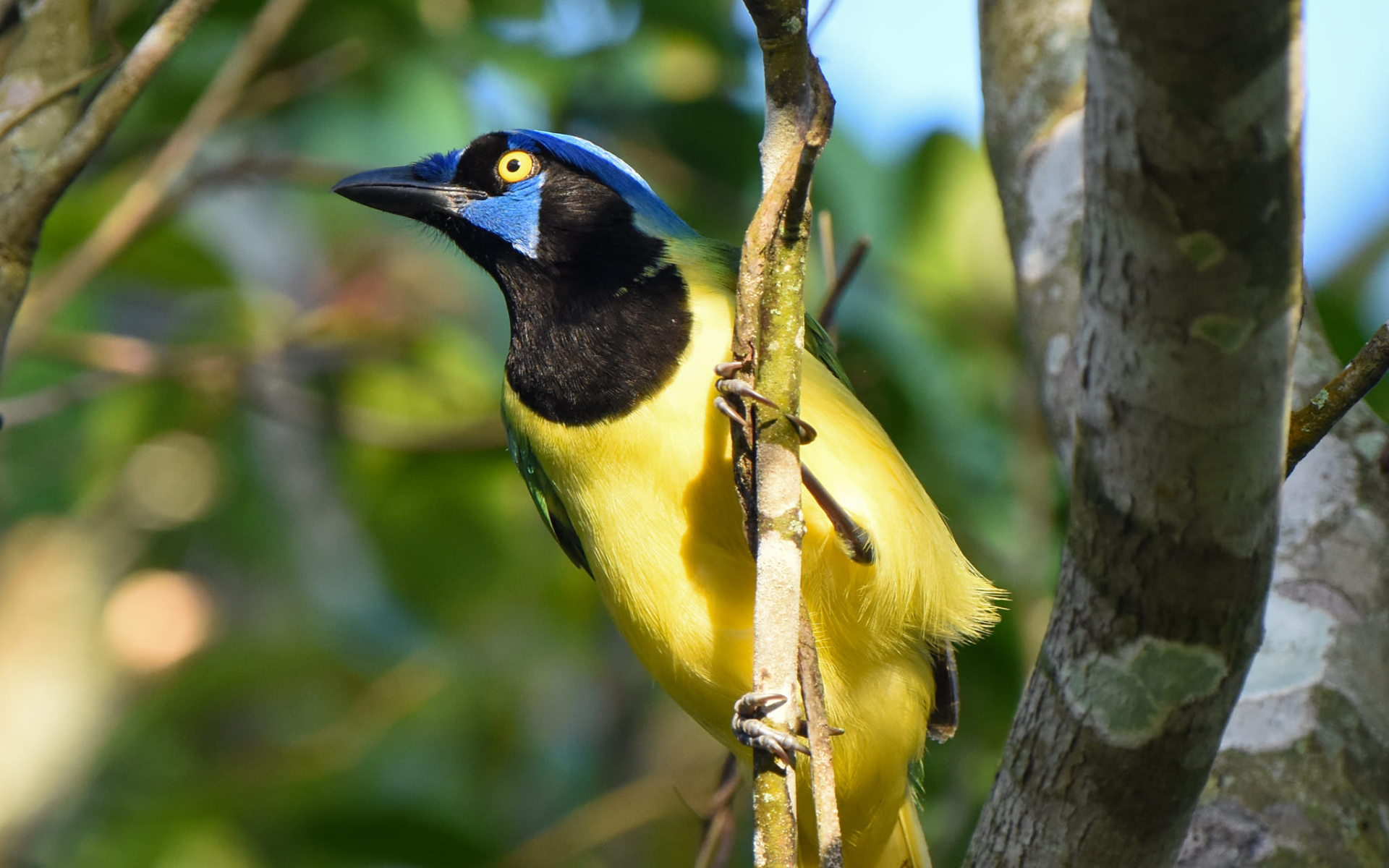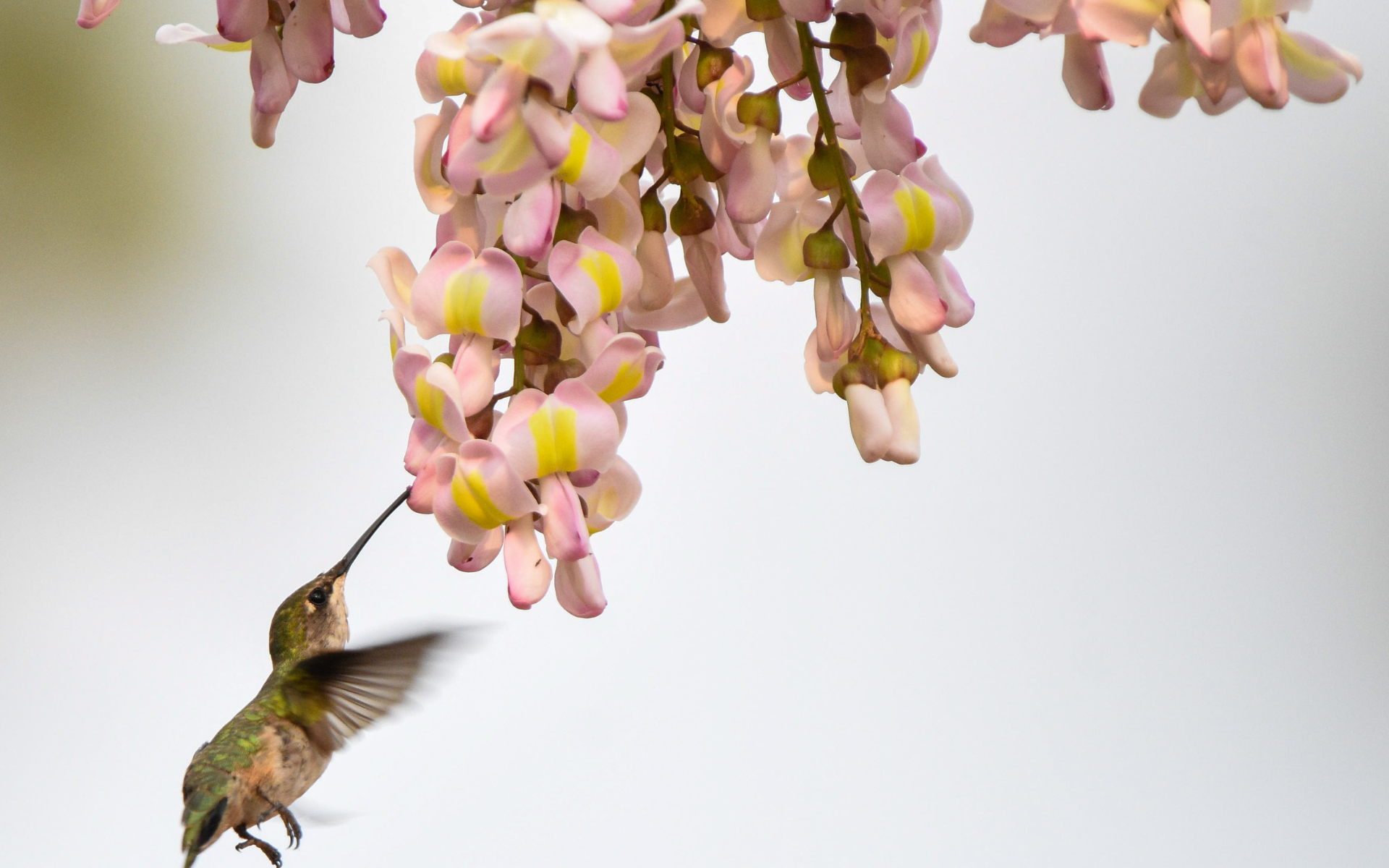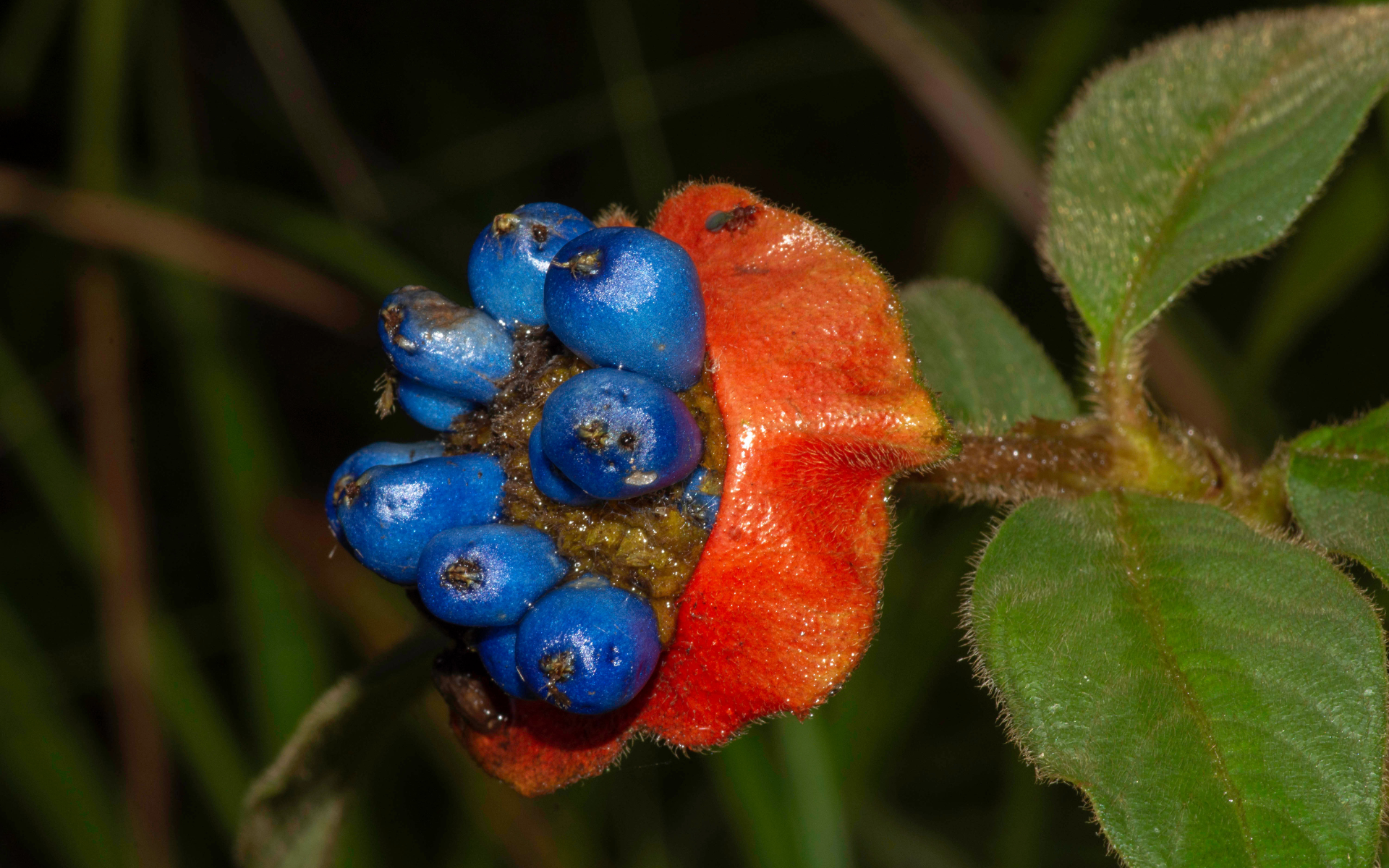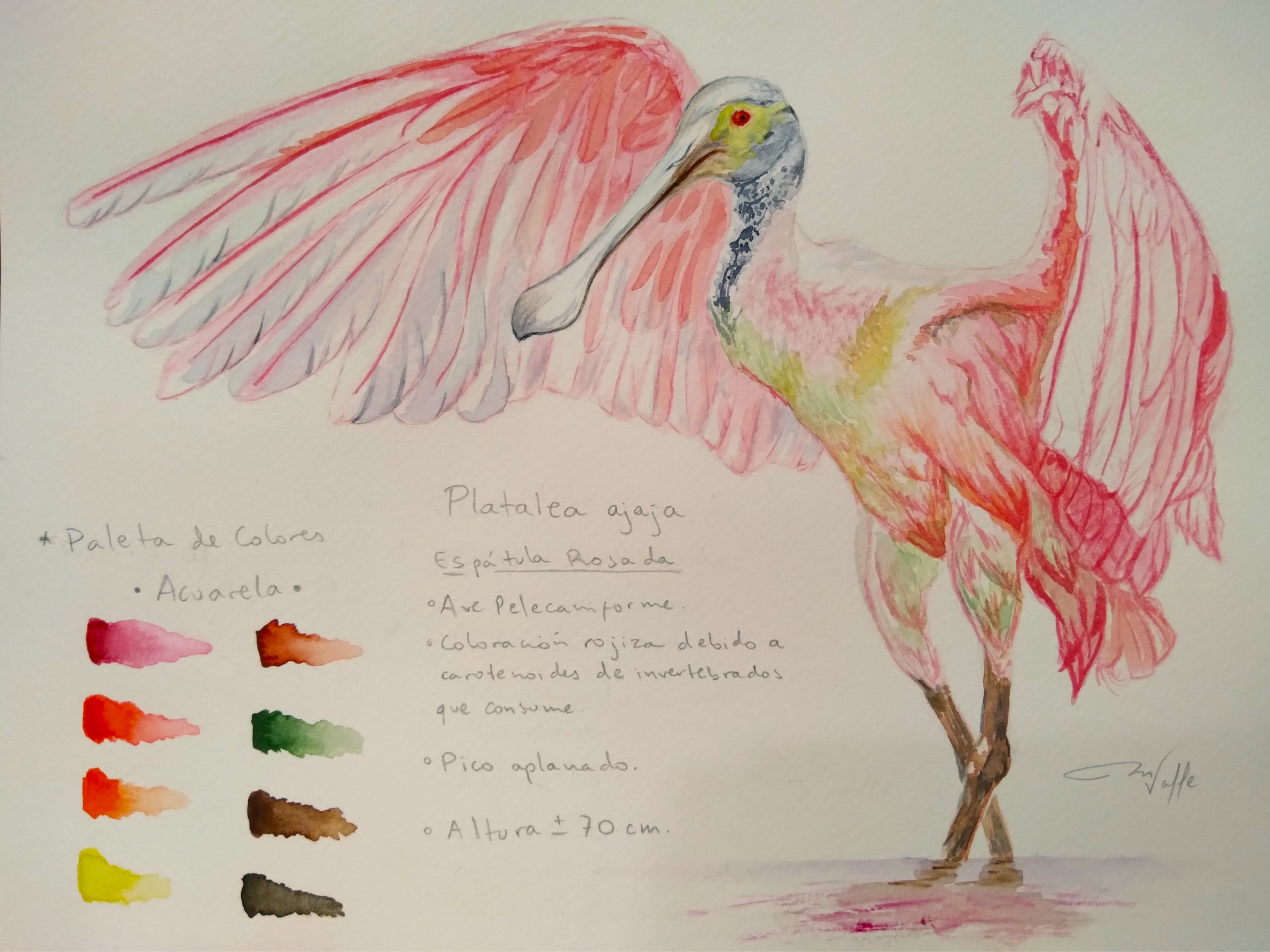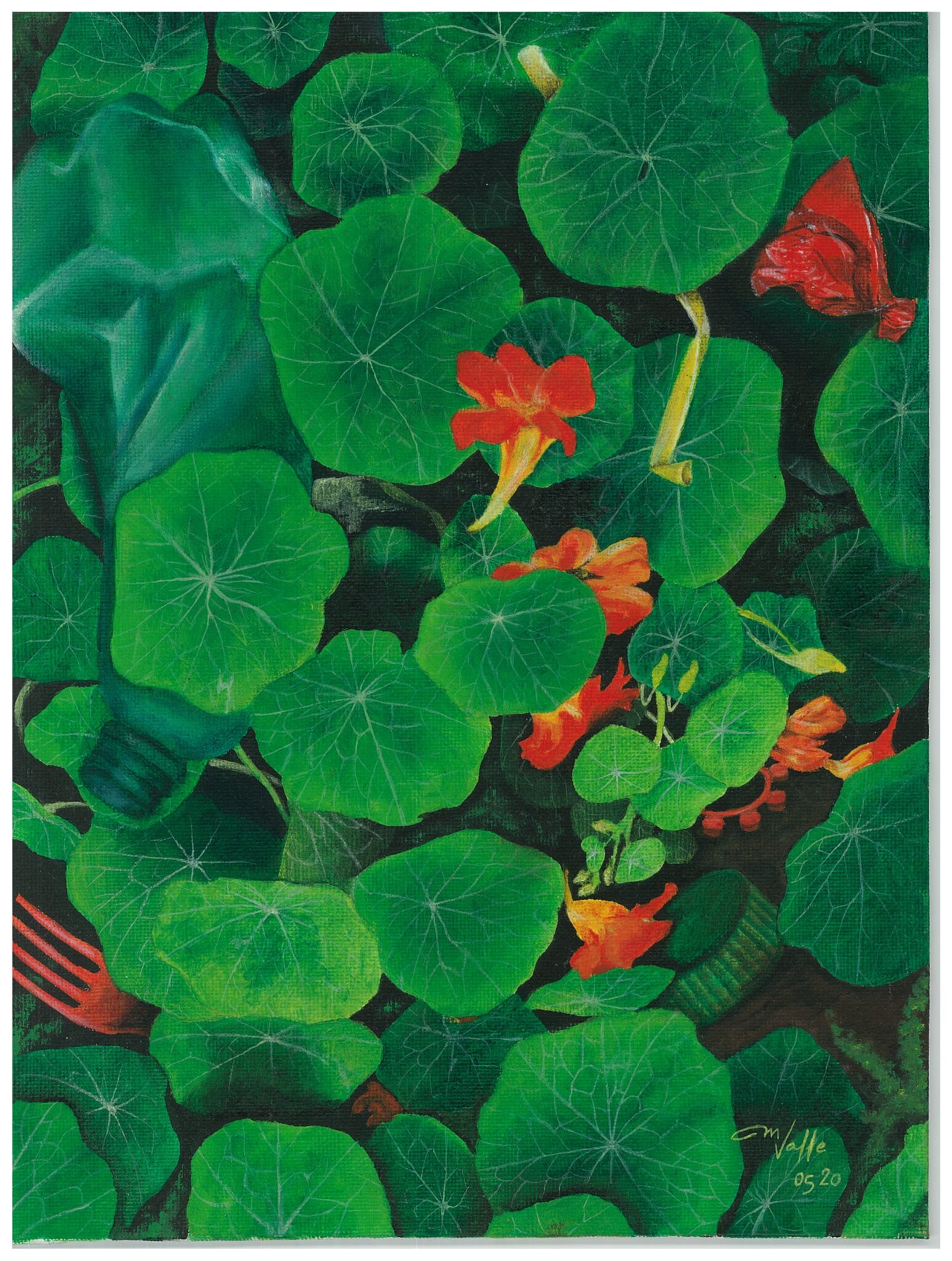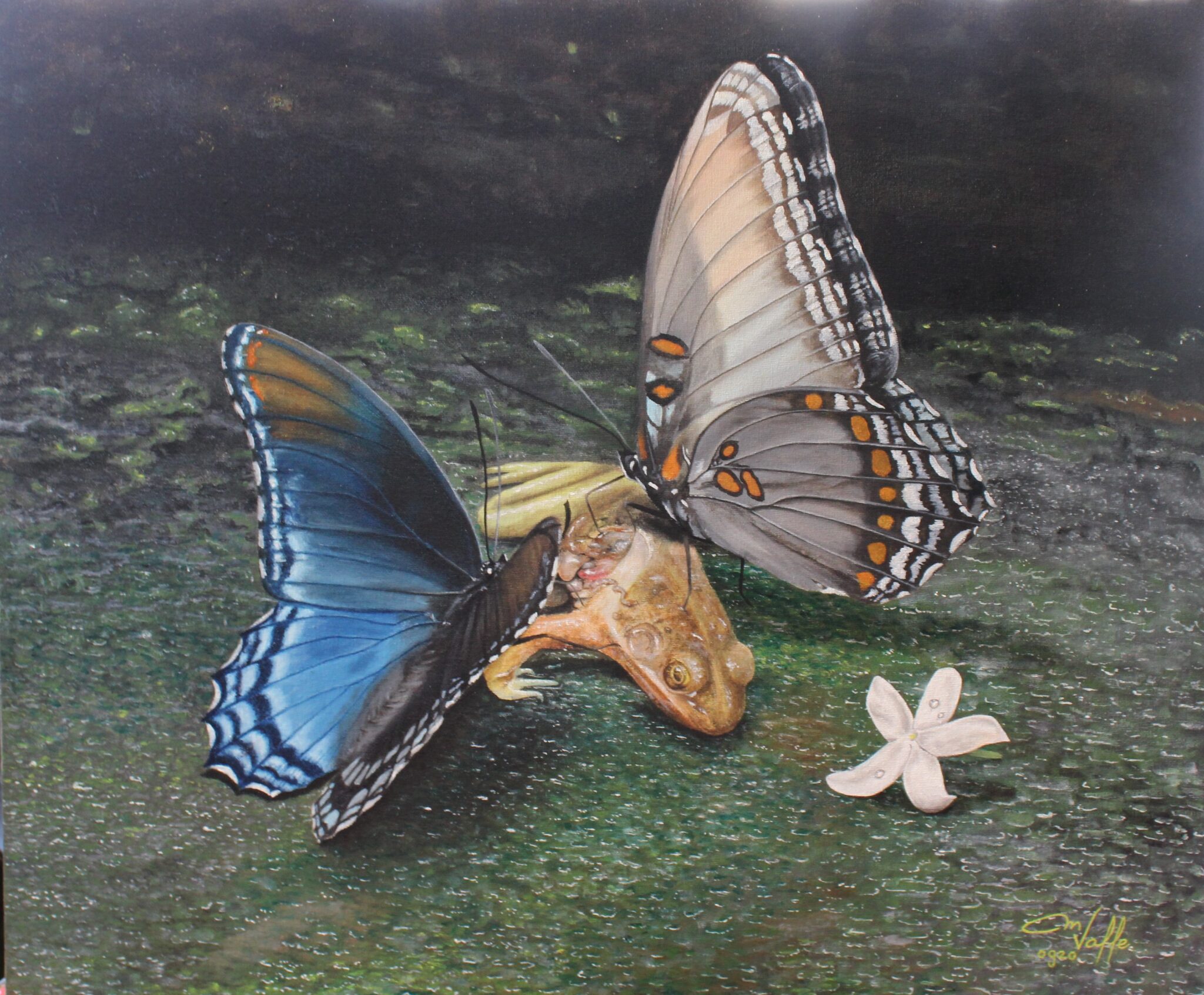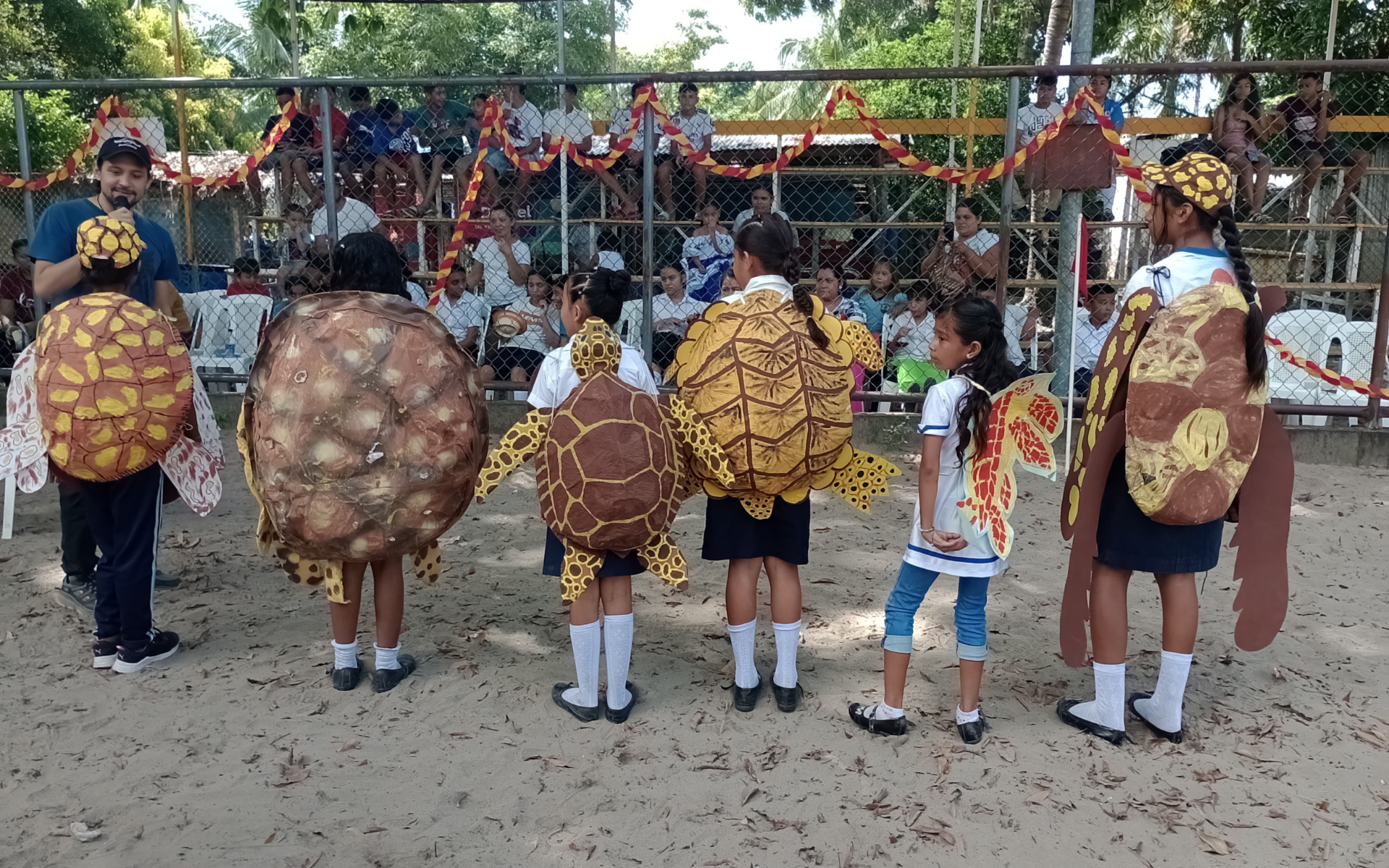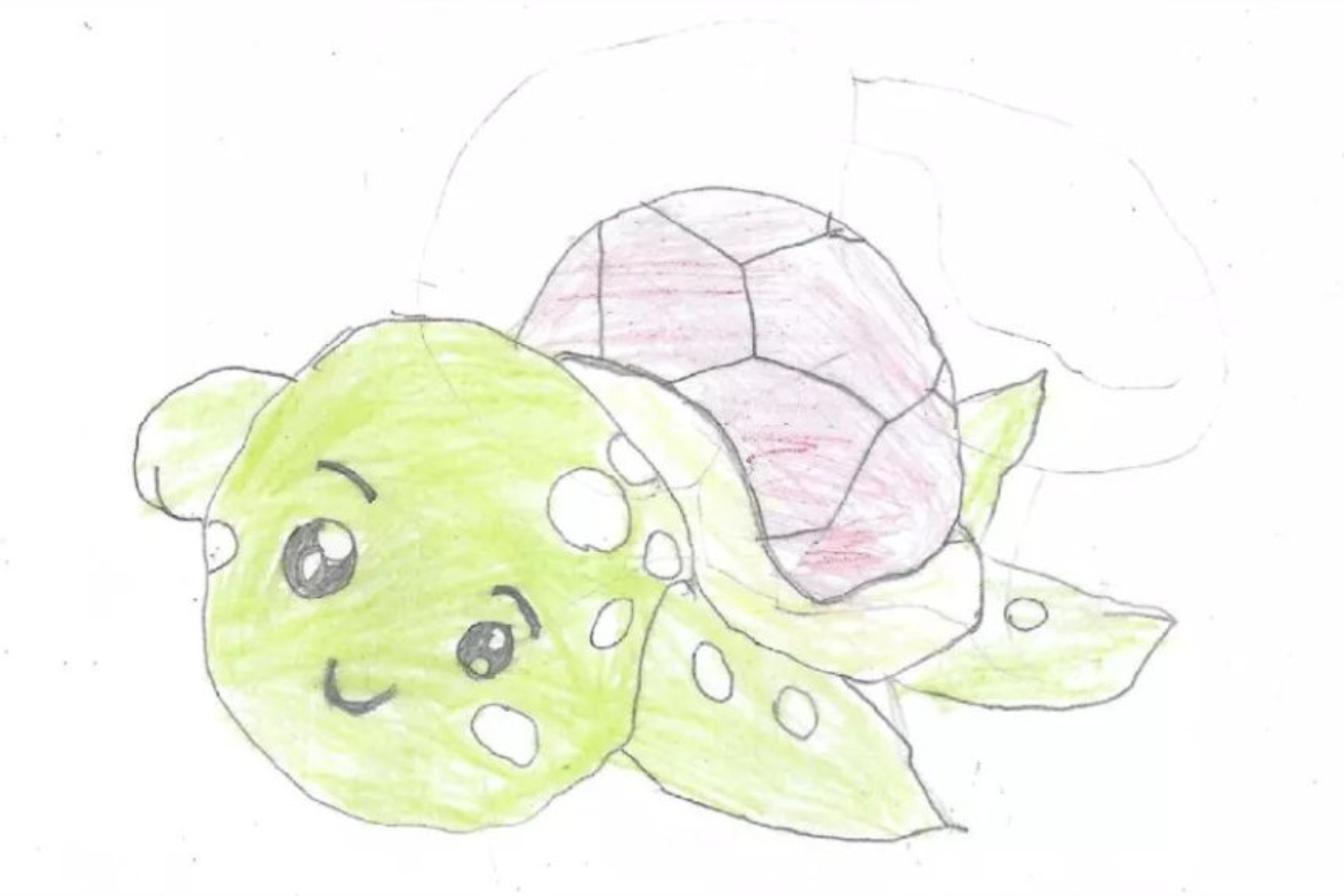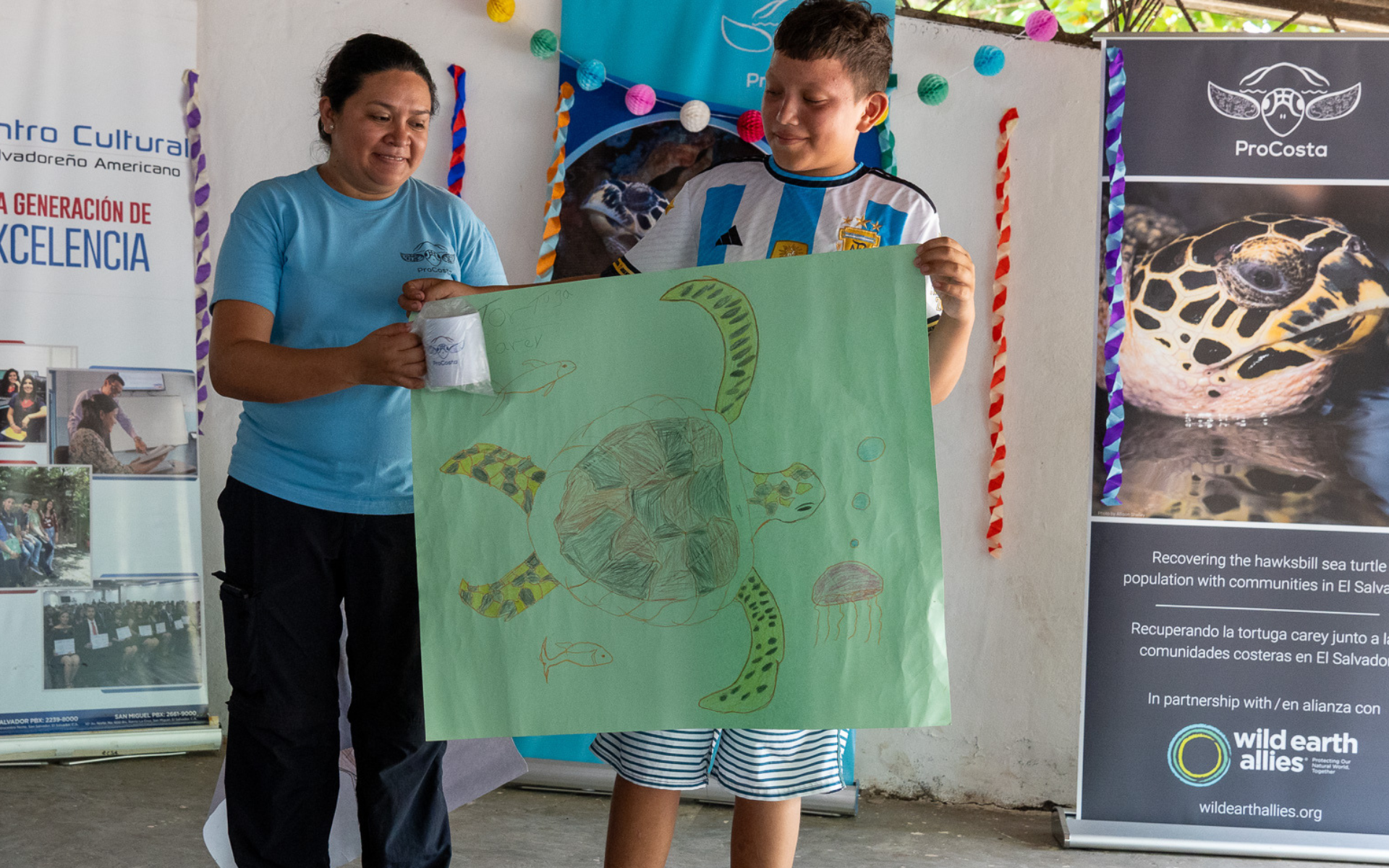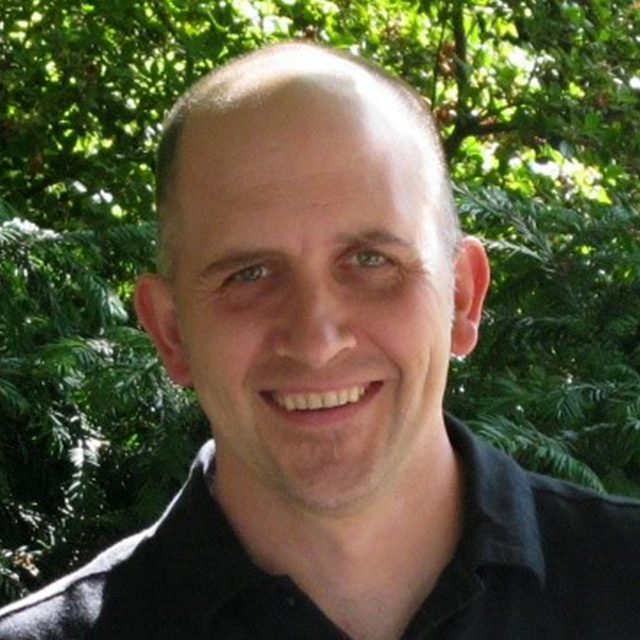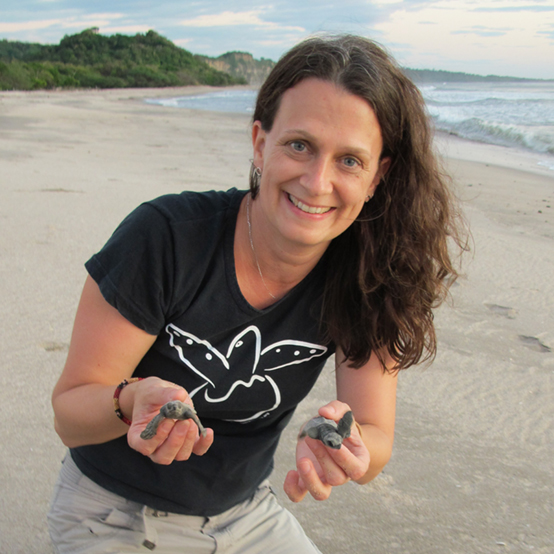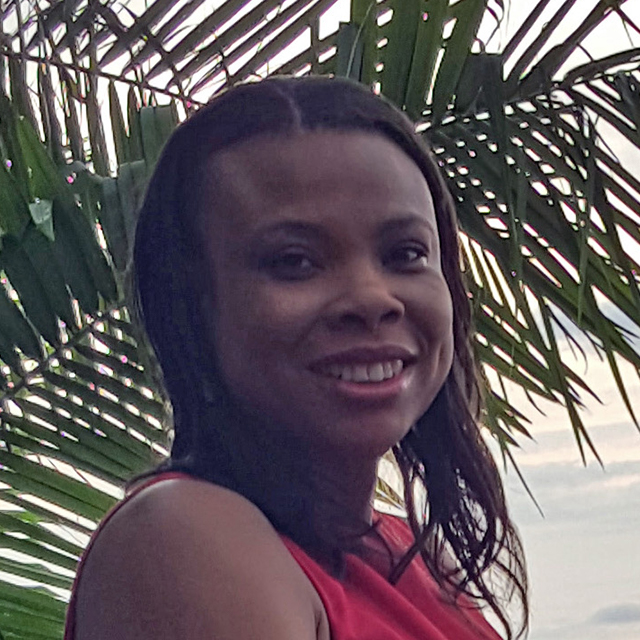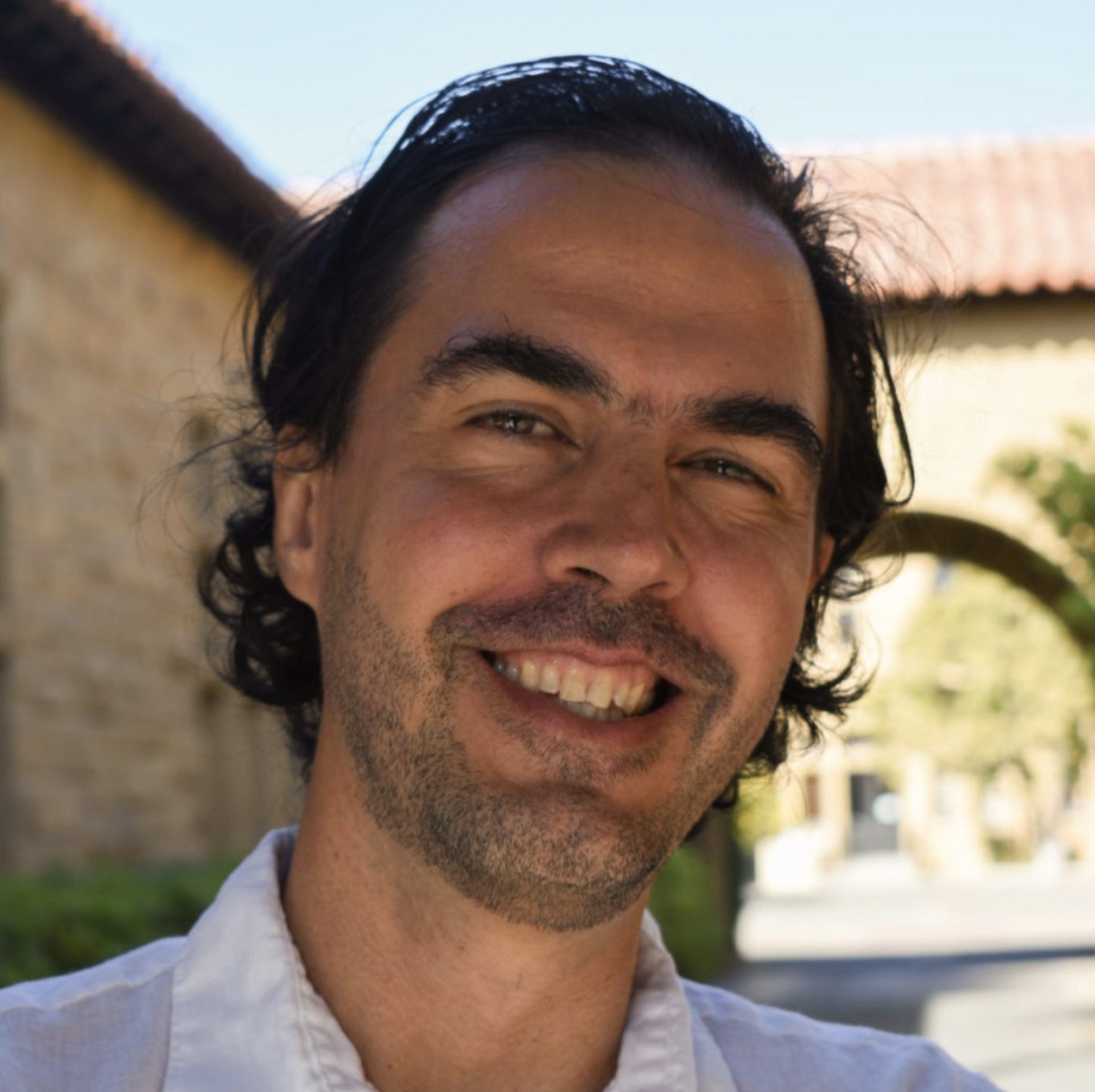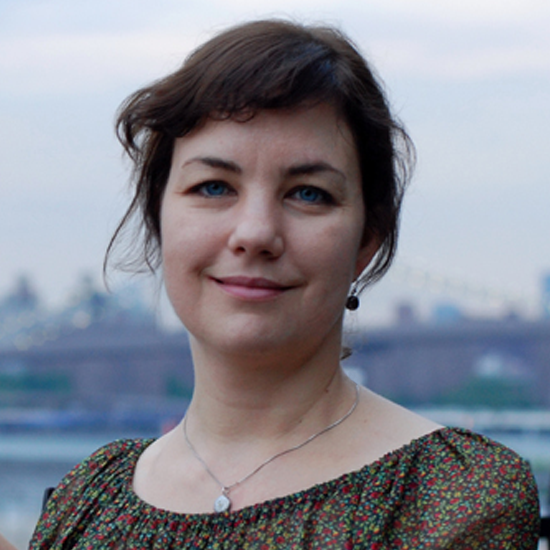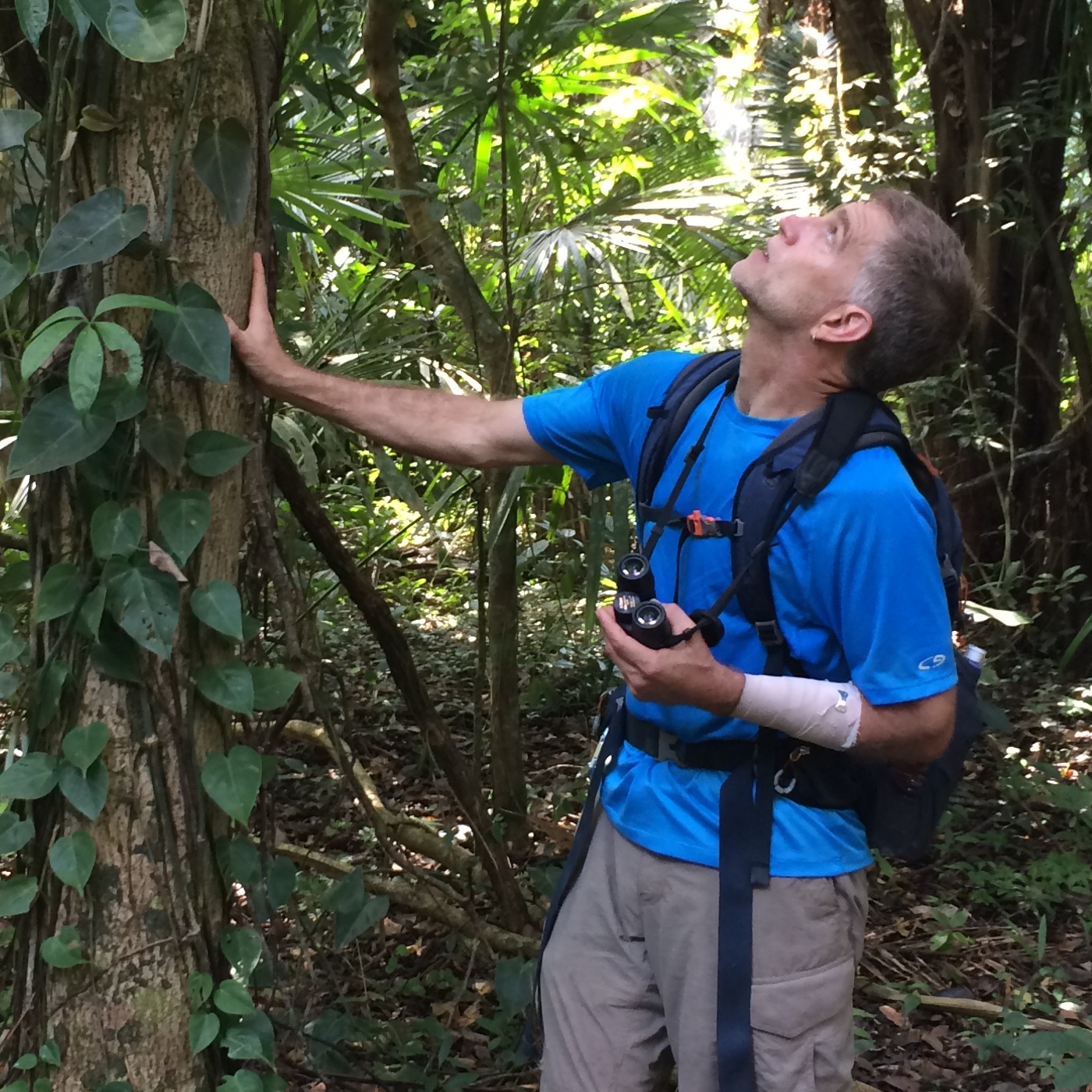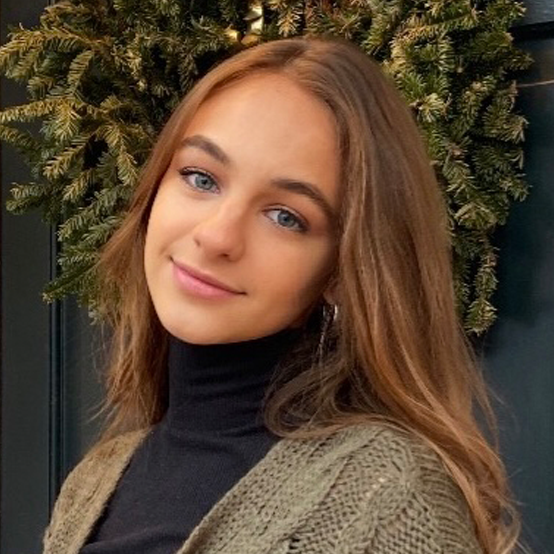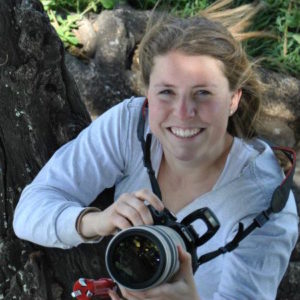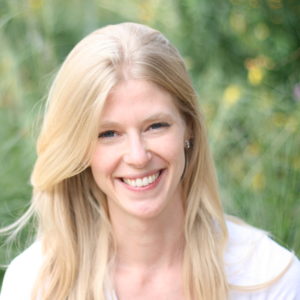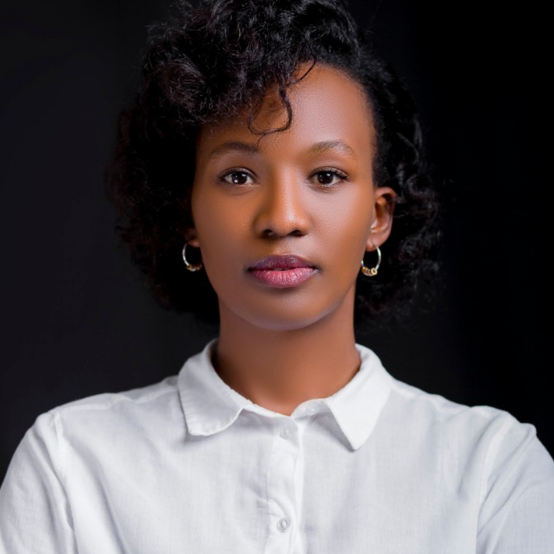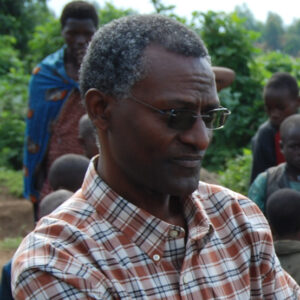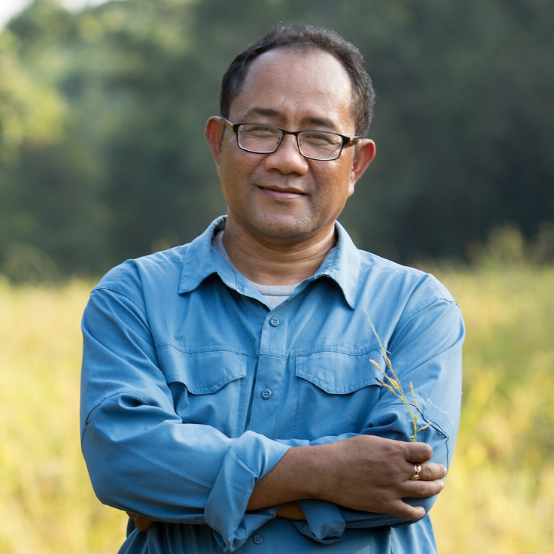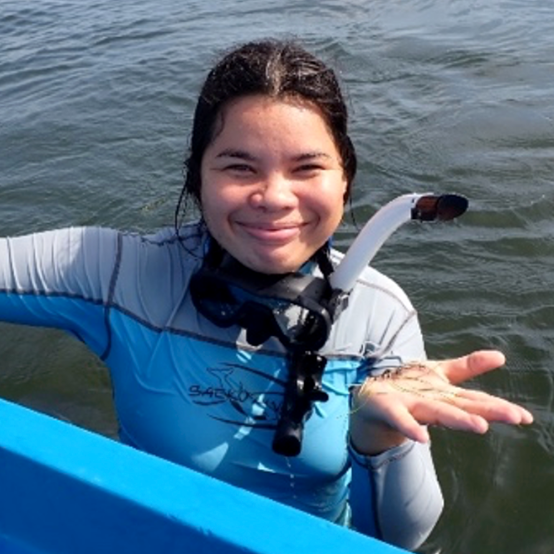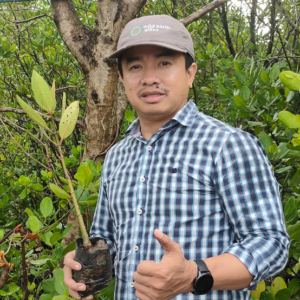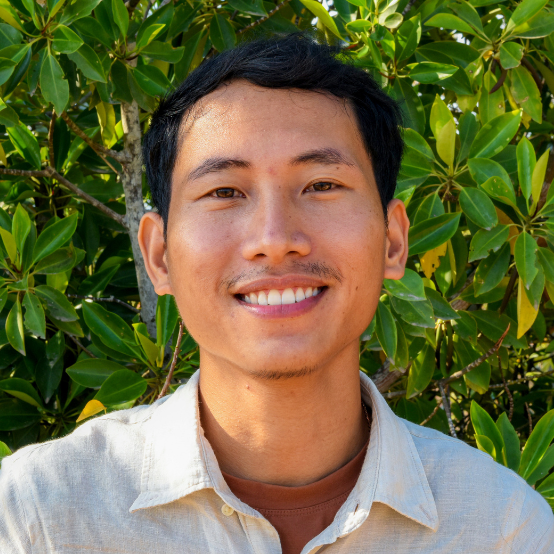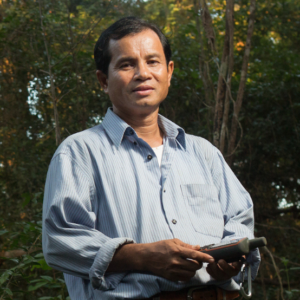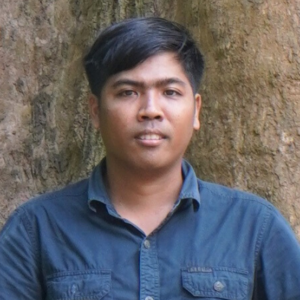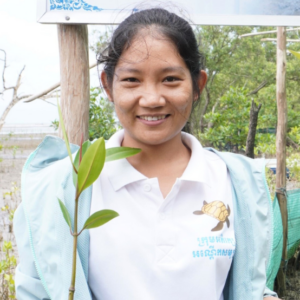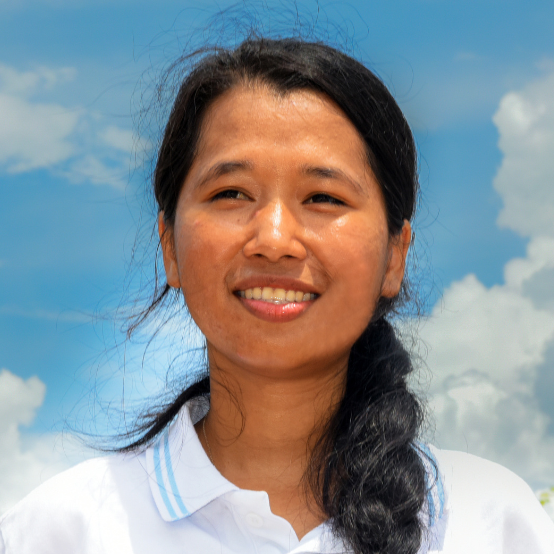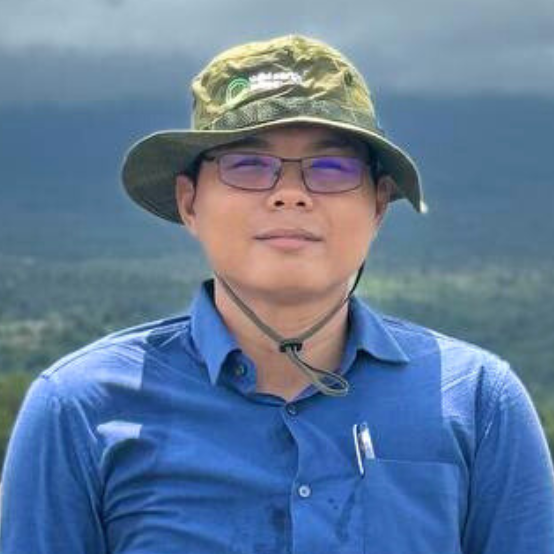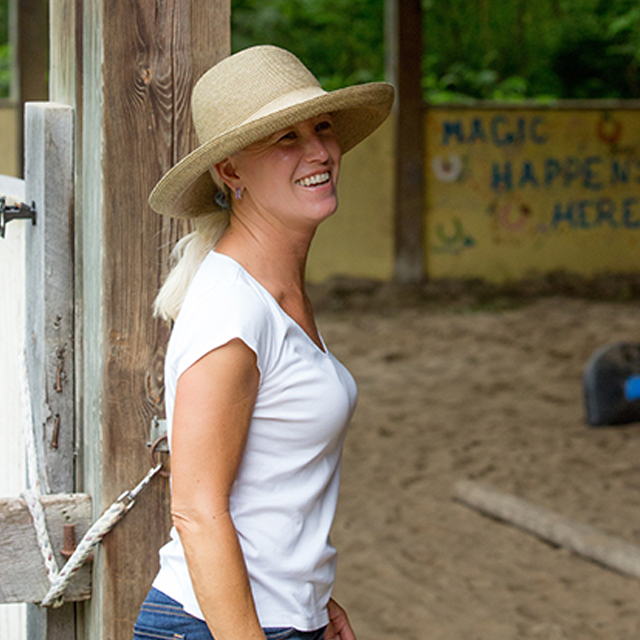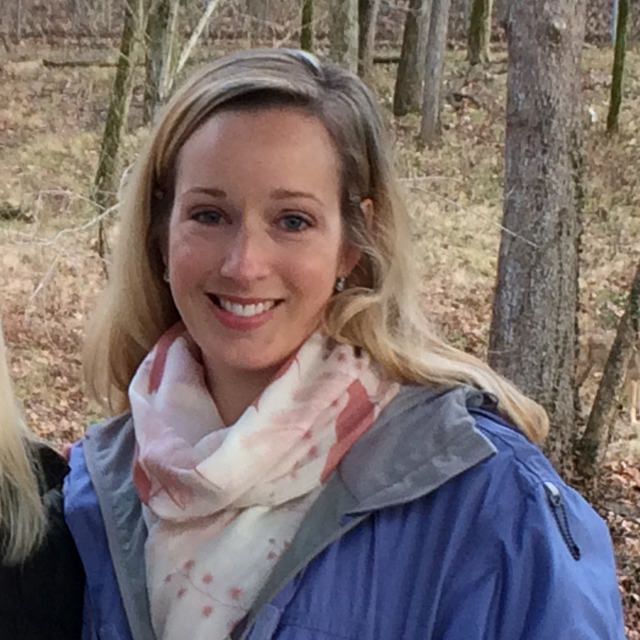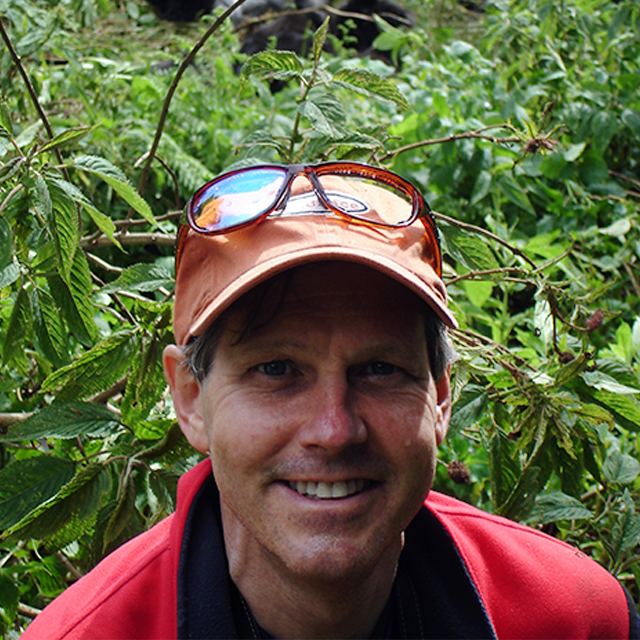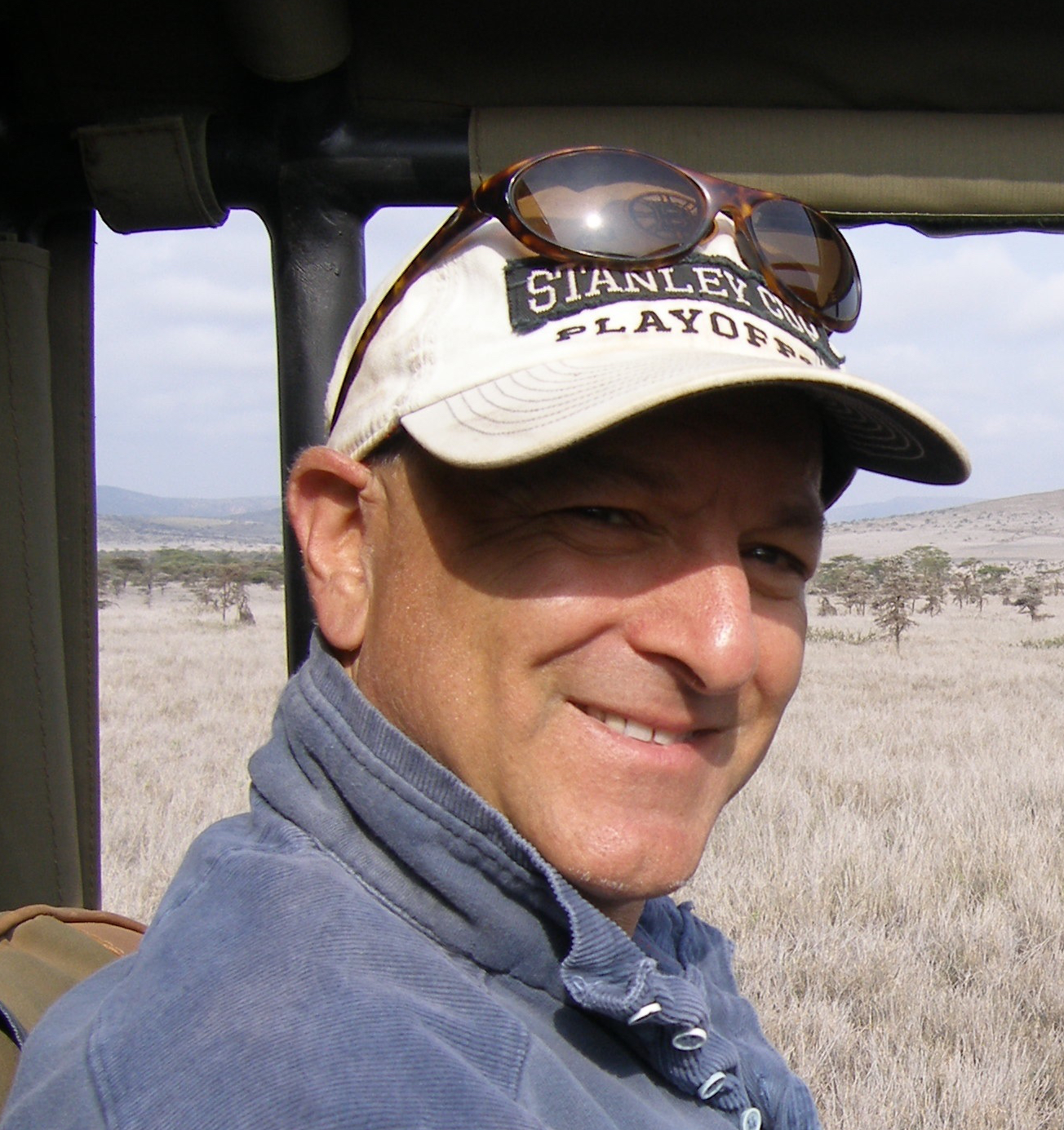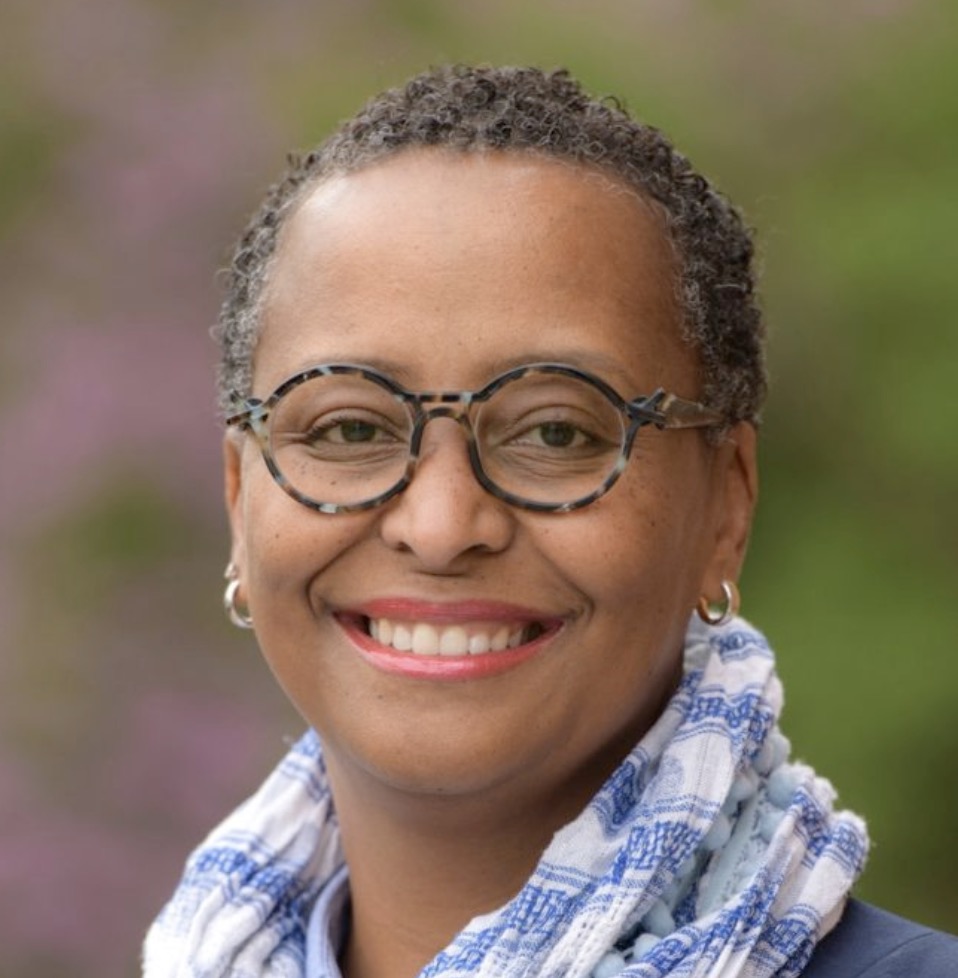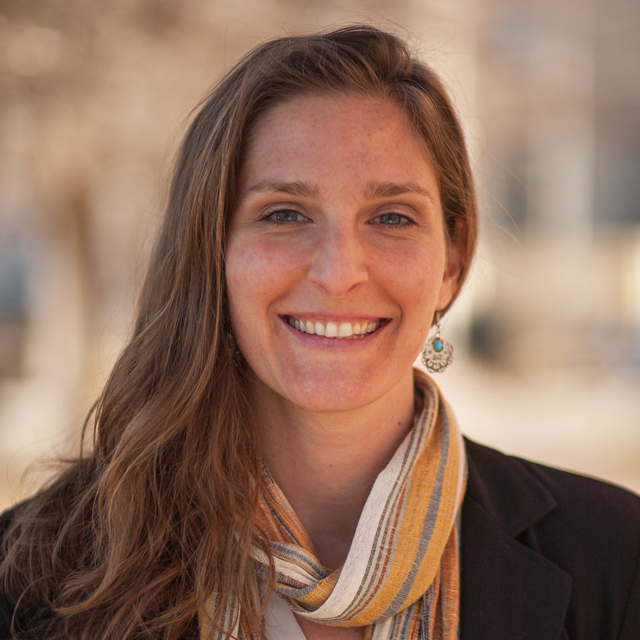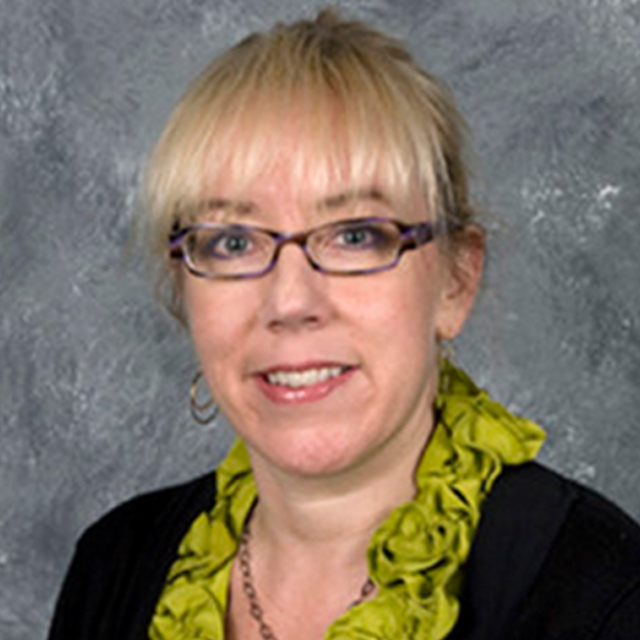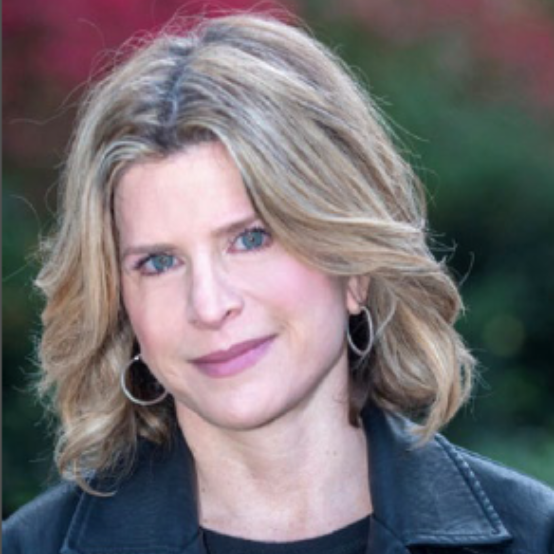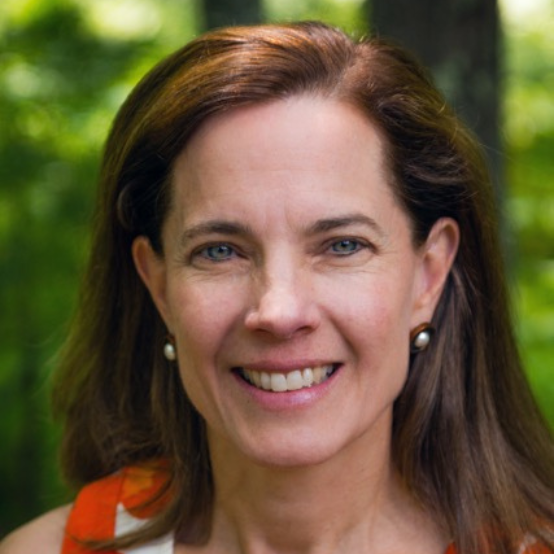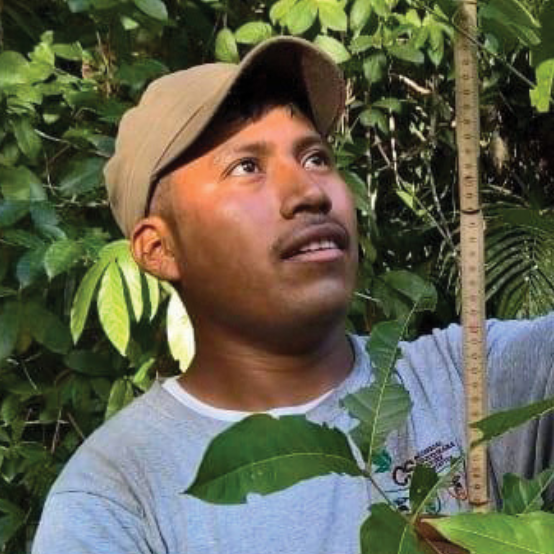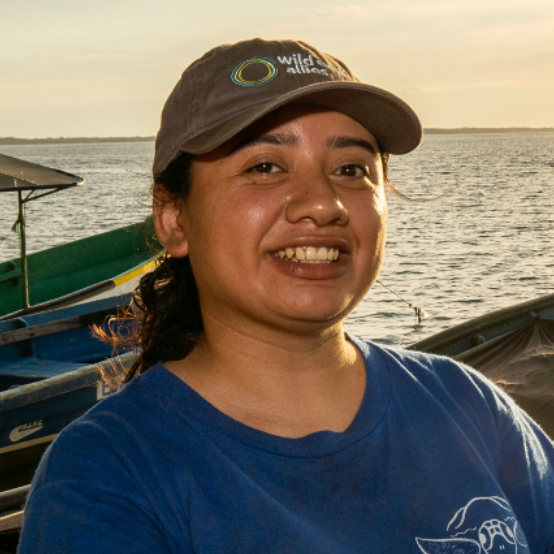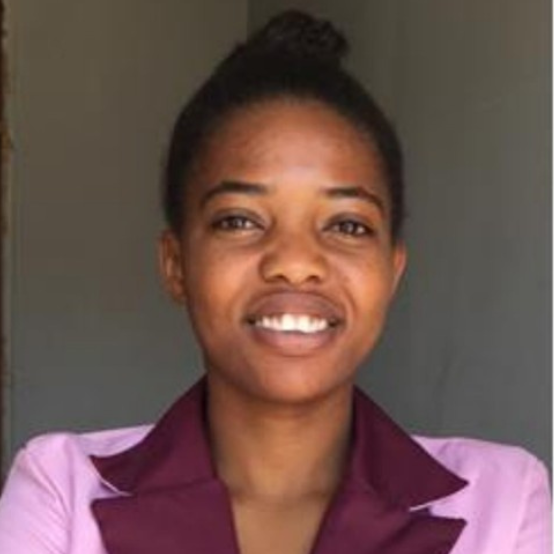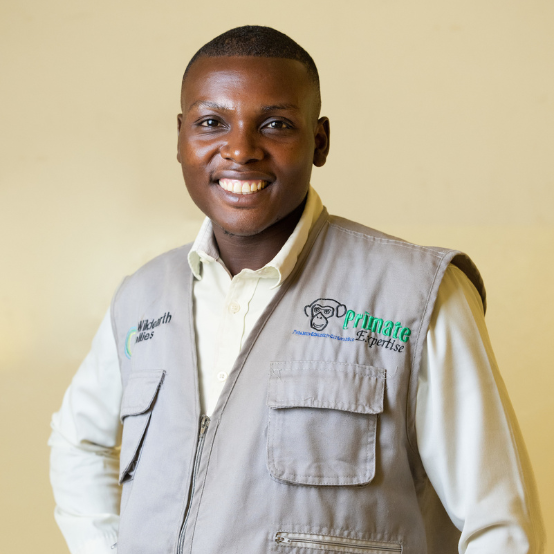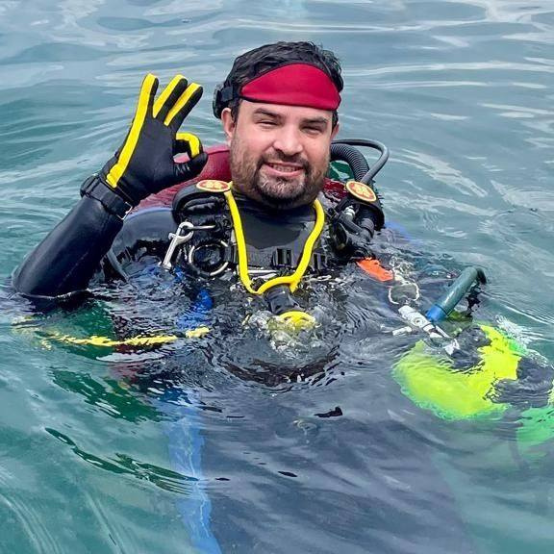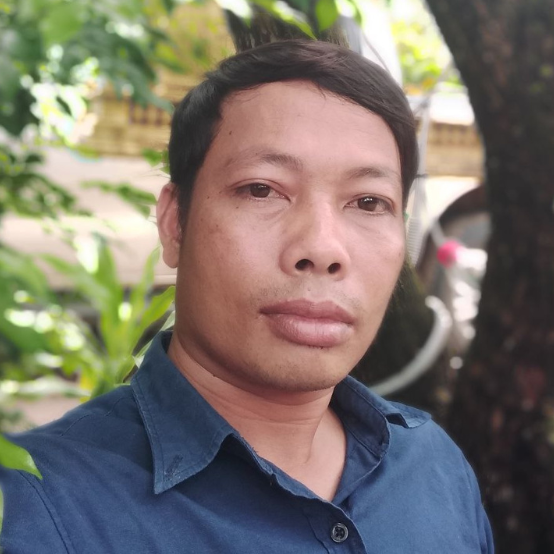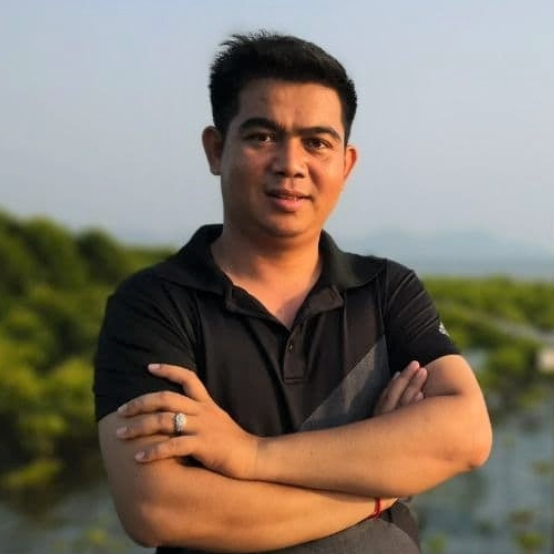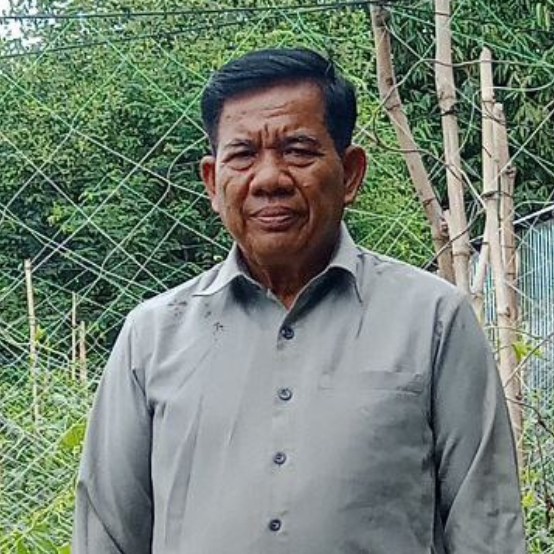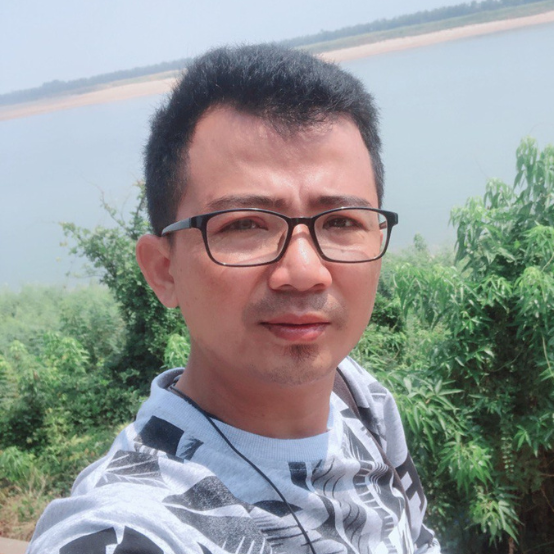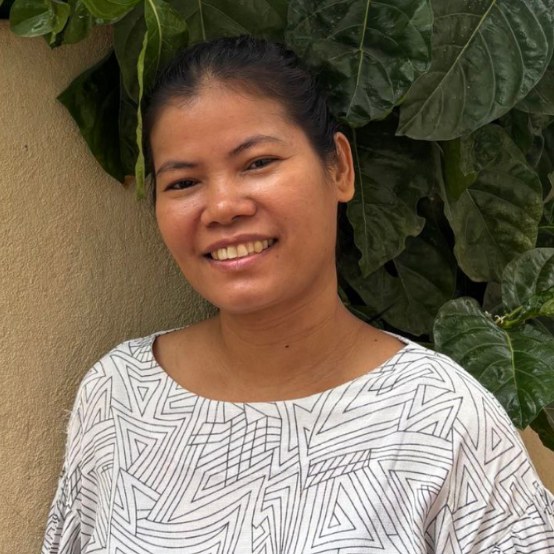Art is a powerful force in conservation. It captures rarely seen species, encourages action, evokes emotion, and tells the stories of the natural world. Across Wild Earth Allies’ global community, our colleagues use their artistic talents to bridge the gap between science and storytelling—sparking awareness, connection, and action through creative expression.
Below are three examples from Belize, El Salvador, and the Democratic Republic of the Congo of how art inspires conservation—and how conservation, in turn, inspires art.
Louis Peña, Belize
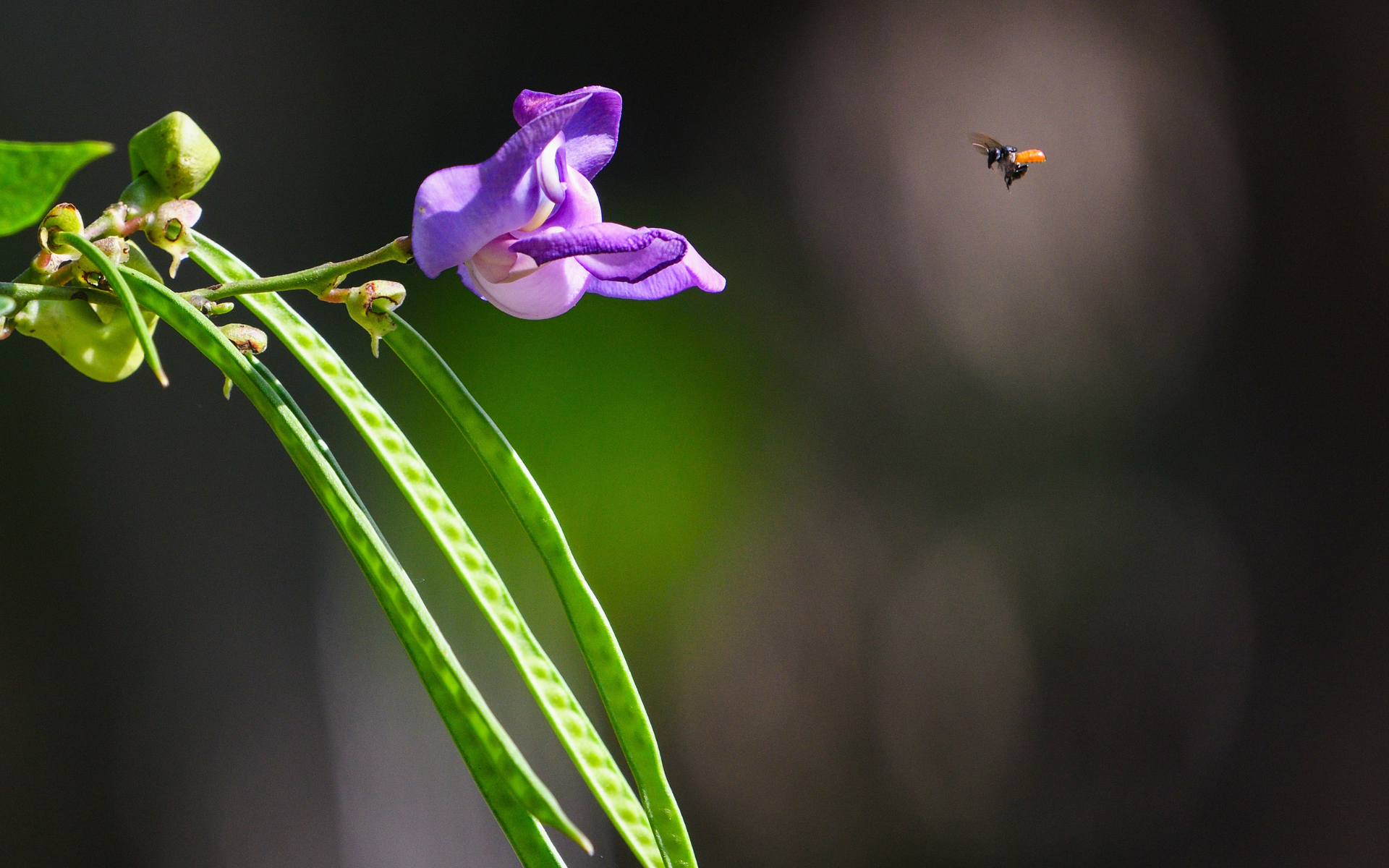
A stingless bee flies toward a flower, in this award-winning photo, causing photographer Louis Peña to reflect on the delicate balance of nature.
Louis Peña, our Conservation Fellow in Belize, recently won two awards for his photograph of a red-tailed stingless bee (Trigona fulviventris). In his words:
“This photograph was taken in a small forest patch in Louisville, Corozal. As I clicked the camera, I couldn’t help but reflect on the importance of this moment. A remarkable pollinator, this bee was busy collecting nectar, bridging the crucial gap between flowers and the crops that sustain us. Pollinators are the invisible workforce behind much of the food we consume, making their role indispensable.
“The delicate interaction between this stingless bee and the flower represents an intricate ecological balance. Without pollinators, our food systems would struggle.”
This image serves as a reminder of nature’s resilience and the interconnectedness of all living things.
Louis, a naturalist and up-and-coming botanist, was one of five winners of the 2025 International Day of Forests photo contest organized by the Food and Agriculture Organization of the United Nations. His work was displayed at the FAO headquarters in Rome. He also won the professional category in the Belize Forest Department’s 2025 International Day of Forests Photography Competition.
Louis has captured photos of birds, plants, insects, and more in Belize and beyond. Click through the photographs above to view a sample of his incredible work.
Melissa Valle, El Salvador
Melissa Valle, a field veterinarian and the Community Engagement Program Coordinator with our partner ProCosta in El Salvador, is an artist whose work has been greatly influenced by the nature we see every day and often, as she says, take for granted:
Even the things we usually don’t find attractive in nature have their own beauty, and it’s always perfect. These are the scenes that inspire me to do a quick drawing or a painting.
“When I first began taking art lessons, I painted fruits, landscapes, and human figures—the usual subjects to learn shadows, lights, and textures. But once in a while, while walking in a park or on a beach, I was startled by a raw scene in nature. Sometimes it would be a small ant, an unusual insect, a dry leaf, or a butterfly scavenging on a deceased animal. I remember thinking to myself, ‘Nature can be cruel, but always beautiful in its own way’.”
Click through the images above to view a sample of Melissa’s artwork, inspired by nature in El Salvador.
Art plays a huge part in the annual Hawksbill Sea Turtle Festival in Jiquilisco Bay. Each year, the festival celebrates the conservation of critically endangered hawksbills in El Salvador and the coastal communities working to protect them.
“Kids design their own hawksbill costumes, with the help of teachers and parents. We facilitate a drawing contest as well. It’s difficult for us to choose a winner—all of the drawings are so cute, colorful, and clever,” Melissa adds.
Artwork created by children at the Hawksbill Sea Turtle Festival inspire care for marine life. Click through to see more.
Andema Muniali Armand, Democratic Republic of the Congo
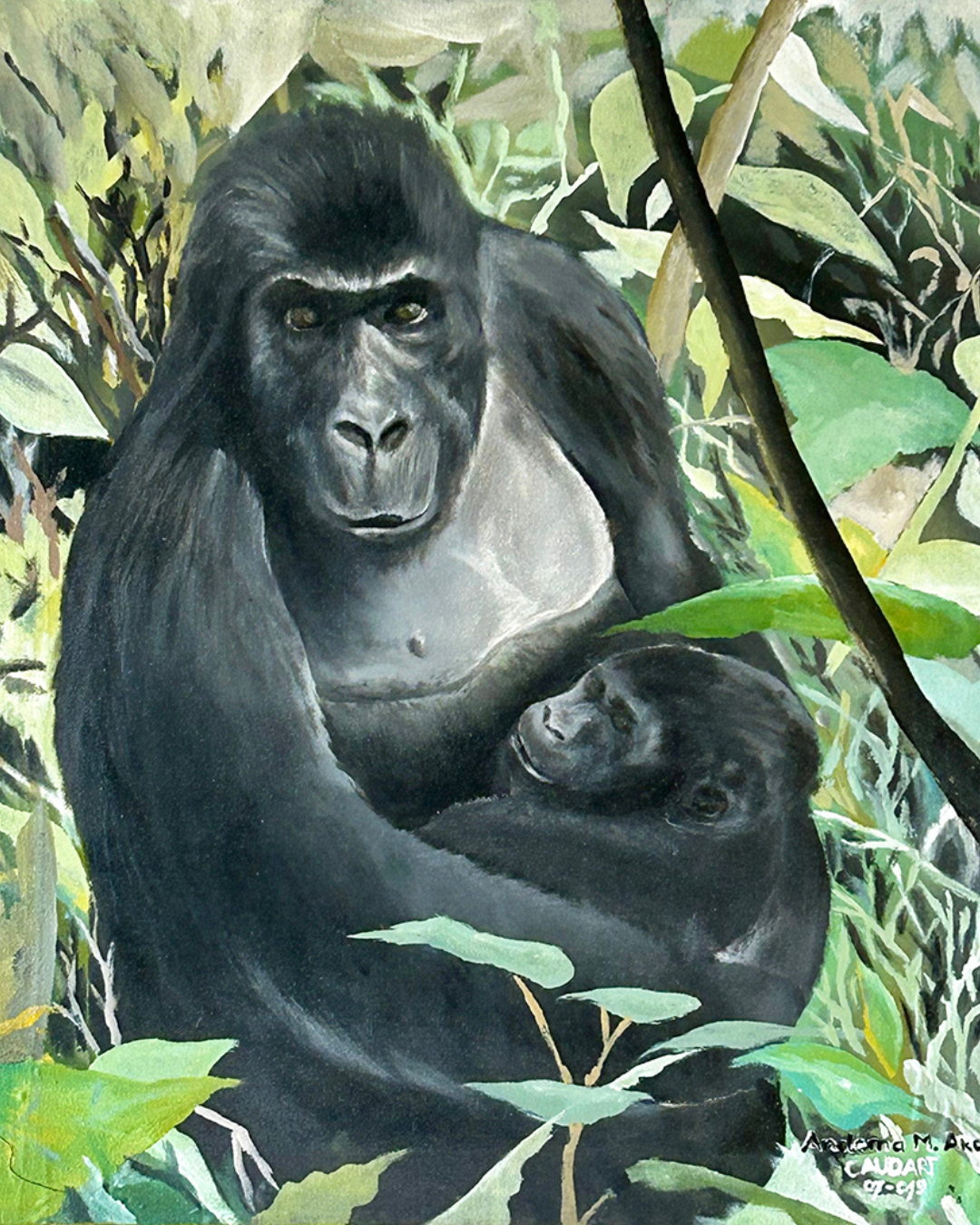
This painting, created by Andema Muniali Armand, a student of Augustin K. Basabose, Ph.D.—our partner in the Democratic Republic of the Congo and the Founder and Executive Director of Primate Expertise—hangs in Wild Earth Allies’ office.
His artwork depicts Mwinja, an adult female gorilla, with her baby Iragi. At the time it was painted, Mwinja and Iragi belonged to the Bonane family, one of the habituated gorilla families in Kahuzi-Biega National Park.
Armand’s powerful image reminds our team of the beauty we protect each day. It serves as a quiet but constant motivator, fueling our commitment to conservation with renewed purpose.
As we continue our conservation efforts, we invite you to celebrate the artists who bring nature’s stories to life—and support the work that makes these connections possible.
Photos courtesy of Louis Peña, Melissa Valle, ProCosta, and Carlos Rivas

